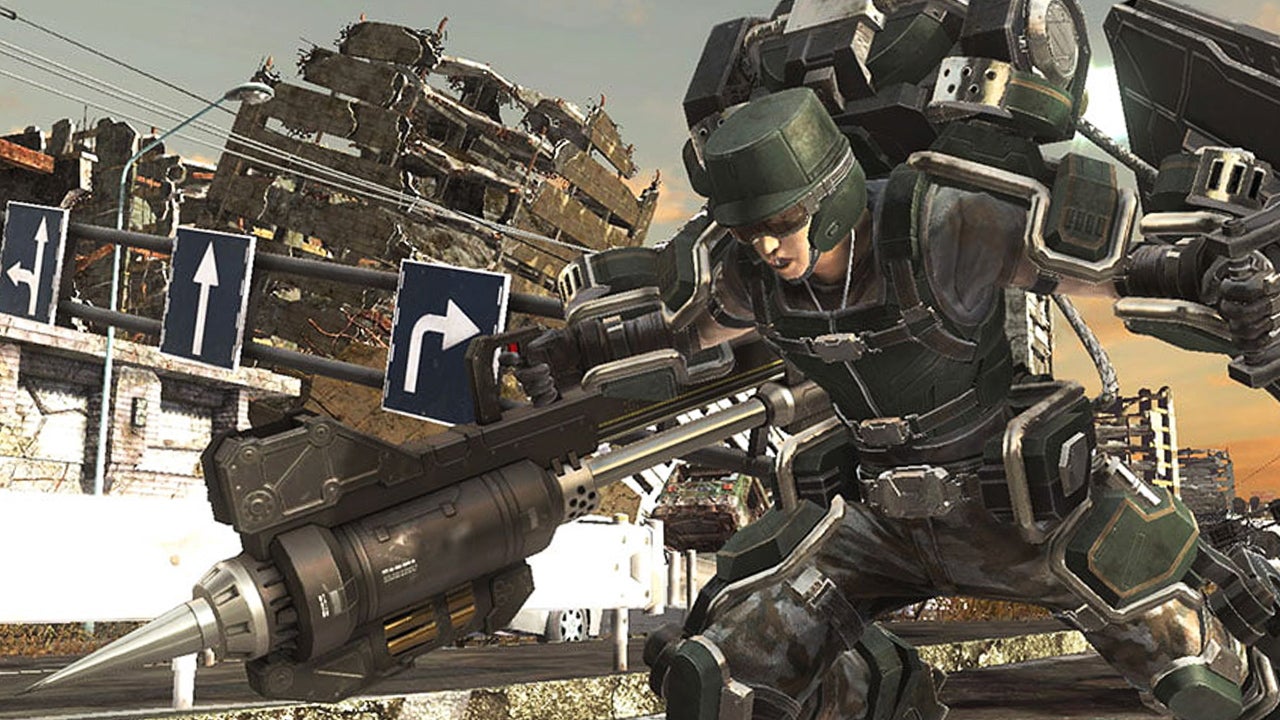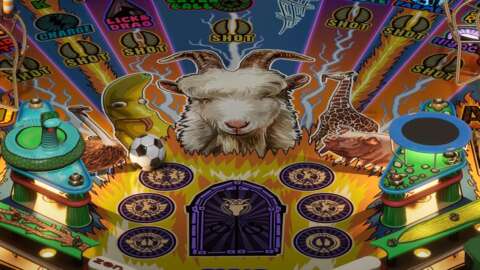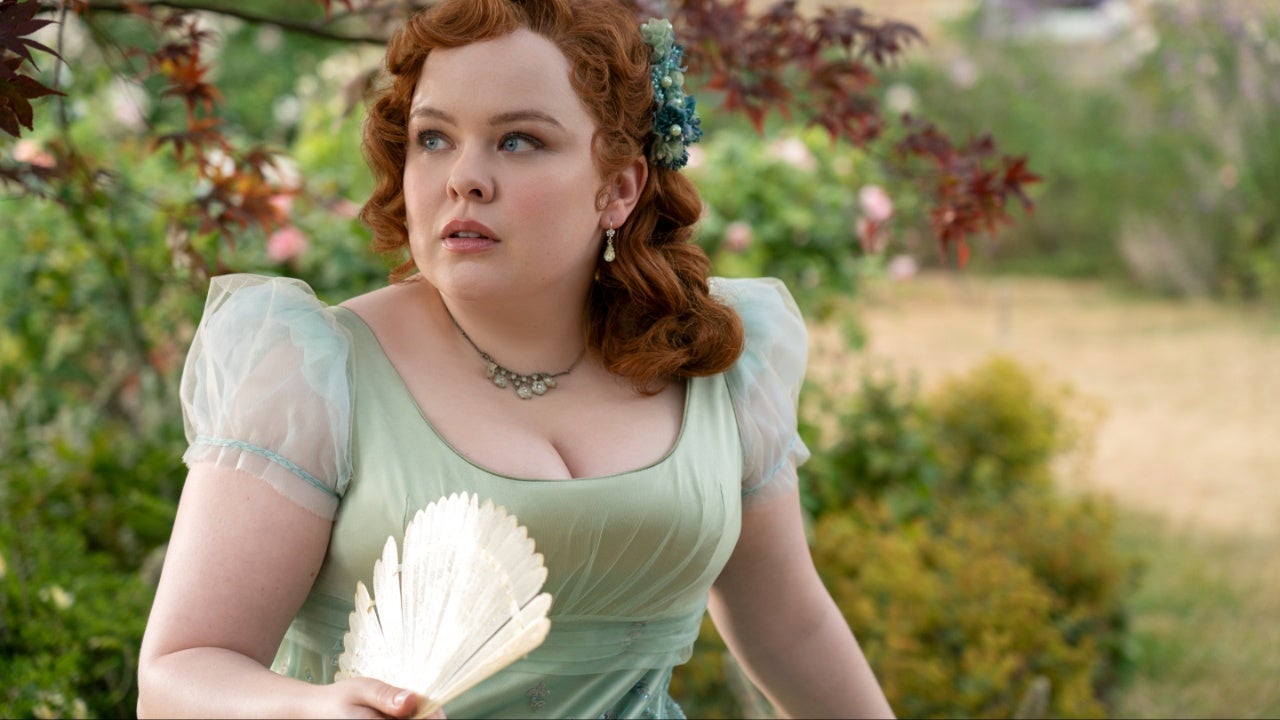Every once in a long while, a game comes along that is so memorable, exciting, fresh, and well-written that it sets a new high-water mark for an entire genre. Baldur's Gate 3 is such an achievement for the tabletop roleplaying-inspired, swords and sorcery adventuring that its BioWare-made CRPG predecessors helped popularize decades ago. Larian Studios has turned this corner of Dungeons & Dragons’ Forgotten Realms into a beautiful, detailed world stocked with too many fully-realized, powerfully written, and skillfully voiced characters to count. There are heart-wrenching choices to be made, alliances to be forged, bears to be romanced, and a vast diversity of interesting, challenging turn-based combat encounters. I didn't merely enjoy my 130-plus hours on this journey. I fell in love.
One issue video games have often run into when trying to adapt the experience of playing Dungeons & Dragons on the tabletop is that it’s almost impossible to achieve the freedom and imagination you get to express in overcoming problems using real-world logic. It's hilarious in other RPGs when you have a spell that can blow an ogre to kingdom come, but is no match for the might of a wooden gate. And while it’s doubtful that any game will ever match that level of flexibility, Baldur's Gate 3 is a big step forward from what we’ve been able to do in the likes of Skyrim or Dragon Age. Those gates aren't going to stop a determined warlock.
If something looks flammable, you can probably light it up with a fire spell. If you want to save on lockpicks, most doors can be hacked down with a big enough axe. You can get to a lot of secret areas that other games would’ve blocked off with invisible walls by climbing and jumping. I was able to skip a huge boss fight by challenging a terrifying zombie guy to a drinking contest and, thanks to having a high enough Constitution score, I goaded him into drinking himself to death while I was still roaring for more. This is a world that will rarely tell you, "No," if you wonder if something is possible.
And you can even bring up to three friends along with their own custom characters in co-op, both online and on the couch. I was impressed with how smooth and seamless this experience was, as joining or leaving a session regardless of where in the campaign your friends are is very easy, and I never ran into any significant connection issues or other online hiccups – though I’ve definitely seen reports that other people have. Given how complex Baldur's Gate 3 is, that's impressive. It only gets better, and funnier, when you realize you can have one person distract a guard by talking to them while the other steals everything that's not nailed down behind their back.
There's a huge amount of freedom in who you can be in this world, as well. This character creator is one of the best I've seen outside of MMOs in a long time, featuring 29 different subraces with unique abilities and models (if you count all the different colors of dragonborn, at least). Each of the 12 classes have at least three specializations that play quite differently, with wizards and clerics getting even more to choose from. And I just love the art direction on every humanoid, enemy, and even the outfits. I've rarely experienced so much joy just looking at the beautiful, flame-haired elven ranger I designed outside of Final Fantasy XIV. It's not just the static model, either. The variety of high-fidelity, performance-captured, expressive faces everyone can make is shockingly good for a game of this type, with hundreds of characters rather than a small, core cast who can be directed like they're in a live-action production such as The Last of Us. There's not a bit of awkward lip-syncing to be found.
Larian’s incredible attention to detail also extends to the area design and writing. That’s exemplified by the city of Baldur's Gate itself, a hub full of life and adventure that came around to awe me anew, even though it took me 90 hours to reach the titular setting. Almost every citizen you’ll encounter there has something to say about the unfolding events, and nosey exploration is consistently rewarded with new lore, new loot, and new quests. It's downright astounding how much voice acting Larian has crammed into these streets, and how good nearly all of it is. There are dozens of random gossipers on street corners who are just as enthusiastically and professionally portrayed as the main cast, and rarely sound too similar to each other. I assume many of the actors involved must be responsible for more than one of these bit parts, but I can't tell just by listening like I can in some areas of Skyrim.
Let's Party
First among this delightful cast are your companions, a motley crew of multilayered, interestingly flawed characters who both grow and sometimes regress over the course of the campaign. The cheerful, eager tiefling Karlach, who has basically a demonic bomb instead of a heart, quickly became my best friend. I had flings with the dour cleric Shadowheart, the arrogant wizard Gale, and yes, the stoic Halsin, who can turn into a grizzly bear, among other creatures. There are plenty more where they came from, and they all have elaborate background stories and the capacity to significantly grow and change. The main villains, about whom I will spoil as little as possible, are just as richly written, with complex motives and their own individual brands of malice that inject new and greater threats into the last third of this epic-length adventure.
I also really enjoyed Larian's approach to romance. Years of Mass Effect memes have proven that it's almost impossible to make 3D video game sex that's actually, well, sexy, and Baldur’s Gate 3 hasn’t changed the game there. We're just not there yet, as a society. Instead of trying to do that and failing badly, they build a lot of the magic into sensual wordplay, and most of the carnal encounters you can engage in are either really funny (I mean, everyone's seen the bear scene, right?), or serve more broadly to tell you something new about your partner, how they see the world, and what they value rather than simply flashing what’s underneath their armor. That's so much better than showing two naked elves awkwardly humping over some unintentionally laughable mood music like you're Dark Helmet making his action figures kiss.
When it was time to put our clothes back on and roll for initiative in combat, Baldur's Gate 3 never failed to impress me with the care and thoughtfulness with which the encounter design was set up to torture me. It's like each one is carefully crafted to make me want to scream at the Dungeon Master, "You bastard!" And I mean that in the best possible way. One fight involved teleporting imp creatures who garrote my party members before carting them off to separate locations, preventing spellcasting and forcing everyone to fend for themselves. The next might be against some terrifying insectoids who leave everyone literally petrified with fear, so I have to find a way to win without being able to move. The AI can be cunning and savage, especially on the top-level tactician difficulty. At no point have I been able to fall back on a repetitive, grinding routine. You think on your feet or you die and reload your latest quicksave.
Tools of the Trade
The learning curve is helped somewhat by a clean and readable UI that lets you press T when hovering over any creature, object, or key phrase in a tooltip to get more information. It's not helped, however, by a pretty inadequate set of tutorials that takes a lot of knowledge about D&D for granted. I know 5th Edition well enough that it didn't really trip me up, but I can definitely see where others would completely overlook some critical concepts like how saving throws tied to specific attributes work, and Baldur's Gate 3 doesn't care to explain them in detail. You can get by without some of this knowledge, especially on the lower difficulty, but you certainly won't master combat without it. You could benefit a lot from reading the 5E Player's Handbook before you get started, but Larian shouldn't expect that of you.
Your character and companions also take some time and experience to develop as effective killers, and the first four levels or so can feel unnecessarily brutal due to how fragile you are when you start out. That's mostly a product of adapting 5th Edition D&D so closely, and Larian’s designers didn’t take it upon themselves to correct this long-running problem from the tabletop. They do, however, often give you ways to even the odds or avoid combat if you're clever – you’ll do well to watch the environment for things like heavy objects hanging from a destructible thread above your enemies, or prep for combat by finding some isolated guards and kicking them over a railing while no one is looking.
But once my party got beefed up with five levels worth of upgrades and some magic items, I was happily blasting, slashing, and shooting my way through fights using all of the versatile abilities and environmental options at my disposal. My favorite pair of boots let me teleport to anywhere I could see once per day (something normally restricted to the magical classes,) which was extremely helpful for setting up my ranger in inaccessible areas with a commanding view of the battlefield. I took out some of the later bosses much more easily than I would have in a head-to-head fight simply because there was nothing stopping me from having two invisible wizards walk right up in broad daylight and hit them in the face with Disintegrate before they even knew what was happening.
World of Wonders
The story spans over three acts that each took me around 40 hours to complete, playing like an obsessive completionist and finishing as many side objectives as I could. Each has a very distinct vibe and look, aided by an evocative and lively soundtrack. Act 1 is mostly idyllic wilderness, Act 2 is the spooky part, and Act 3 treats us to dense, urban adventuring. It can feel a bit slow at times, since the first act had me chasing down several different leads to solve the same problem, and Act 2 presents more questions than it answers right up until the final set of confrontations. But discovering exciting new areas, strong side quest writing, and those consistently fun combat encounters meant I never lost motivation.
The really amazing thing was not how big Baldur's Gate 3 is, though. Much has been made of its scope, but I would honestly not have minded if it were around half as long as it is. No, the magic is in how almost none of it feels like filler, no matter how far from the main quest you stray. Every random house I wandered into or side quest I picked up rewarded me with a memorable, unique, handcrafted roleplaying experience. Even a random note found on the body of a bandit might tell a heartbreaking story about their past, which gives weight to every decision to fight and kill. It’s all there for a reason.
And while the first two acts have plenty of difficult choices, the big ones I had to make before committing to a final plan of action in Act 3 are a work of devilish genius. Without spoiling anything, realizing my enemies were so many steps ahead of me by the time I reached the city was heartbreaking, but I still felt empowered by the opportunities that remained to alter my own destiny and assemble a truly impressive coalition of allies. Impressively, the last stretch often called back to things I did and characters I saved 80 hours ago, which tied the whole tale together and made the world feel even more authentic.
This is not a story that takes for granted that you are a hero; it's one that truly stares you down and demands that you prove it, if that's really what you're made of. The lead up to the finale backed me into a corner with a dozen ways out, but each one would require me to compromise on what I believe in in one way or another. This elevates the tension and the storytelling to new heights, which is impressive given how strong it’d been up to that point. There were quests that made me cry, quests that made me yell, "What?!" out loud, and quests that genuinely creeped me out. And the variations in not only the ending, but also so many other smaller stories, have me eager to play it all over again. And that's really saying something, when Baldur's Gate 3 has been my full-time job for the last three weeks.
It does need to be called out for some mild to moderate bugs here and there – nothing that stopped me in my tracks, of course, but enough to be annoying. There were also performance issues in Act 3 that required me to turn my settings down, even with an RTX 3080. But we’ve already seen many of the worst offenders addressed with the four hotfixes that’ve come out since launch, and what remains feels almost trivial next to the greatness of everything else. A game this complex will always have its share of bugs, especially at launch, and what I experienced was a more than acceptable tradeoff.








